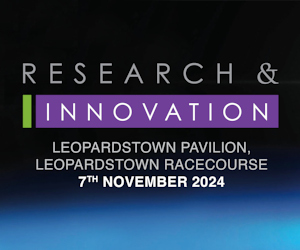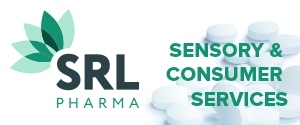PatSnap Introduces Sequence Searching With Launch of PatSnap Bio

PatSnap, the world’s leading provider of research and development (R&D) analytics, has announced the launch of PatSnap Bio, a new module to the PatSnap platform that enables organisations working within the Pharmaceutical, Biotechnology and Agricultural industries to search through over 300 million DNA, RNA and protein sequences, which are linked to patents and correlated with PatSnap’s wider innovation dataset.
Having recently secured series D investment of US$38 million led by Sequoia, PatSnap is now turning its established expertise in machine learning and artificial intelligence to help pharmaceutical and biotechnology researchers map the innovation process for developing biotech innovations from investment to commercialisation. The newly launched PatSnap Bio provides users with capabilities including:
- Comprehensive sequence data: Curated database of over 300 million sequences
- Global patent coverage: 130 million patents covered within the PatSnap platform
- High-throughput searching: Batch search 200 candidate sequences at a time
- Search precision: Refine searches by adding keywords or industrial applications
- Directly analyse the patent text: Search for sequences and read the patents in a single platform
- Targeted Freedom-to-Operate (FTO) searching: Refine by sequence similarity and legal status.
PatSnap, which has over 8,000 clients globally, has brought together the world’s most comprehensive R&D dataset. By combining millions of data points from patents, licensing, litigation, chemicals, company information, non-patent literature and now biological sequences, PatSnap provides the world’s most innovative organisations with a new, intuitive source of information to accelerate their R&D. The launch of PatSnap Bio will enable its users to improve the accuracy and efficiency of their scientific research, and make better-informed decisions when investing to bring new products to market.
According to a recent McKinsey report, the Biopharmaceutical industry generated global revenues of US$163 billion in 2017, making up around 20% of the pharmaceutical market, making it the fastest growing sector of the pharmaceutical industry. This rapid increase in market share has been clearly reflected in innovation and patent literature, with Biotech patent filings growing by 25% annually. On top of this, the Biotech industry is highly litigious – 11% of all Intellectual Property (IP) litigation takes place in this industry, where median infringement damages are around US$21.5 million – while median damages for all industries is at US$5.9 million.
Biologics in particular represent 40% of American spending on drugs, despite only being used by less than 2% of the population, and improved competition has been proposed as in order to bring down costs to consumers. As a result of this combined with the fact that the biologics industry is comprised mainly of large organisations, the United States Food and Drug Administration (FDA) has recently introduced new legislation that will encourage greater competition, named the Biosimilars Action Plan. The plan proposes changes to legislation that will provide significant opportunities to smaller organisations and start-ups looking to grow within the biologics industry.
Markus Haense, CTO at PatSnap, said: “Our clients are at the forefront of innovation, and the ability to leverage machine-learning to search through hundreds of millions of innovation-related data points can significantly reduce the amount of time, effort and money they spend on research and take a new product from idea to commercialisation in a significantly reduced time-frame.”
He continued: “When time-to-market can make the difference between success and failure for a company, using technology to automate the most resource-intensive parts of the research process can greatly improve their efficiency and accuracy. PatSnap Bio makes it easy to search protein, DNA and RNA sequences within patents. The platform has been built for ease-of-use, fitting intuitively into the workflow of our users, as we help pinpoint sequences within the existing patent landscape that are similar to theirs. Data is king, and we have used cutting-edge AI to identify sequences within the patent sequence listings and finally make them fully searchable.”







